TPO51托福阅读passage2 Saving Soil and Cropland 原文文本【雷哥托福】
2018-09-21 16:57:15 发布 来源:雷哥托福本文提供的内容是托福tpo雷哥托福整理TPO51阅读passage2:Saving Soil and Cropland 原文文本+真题答案,想要获得完整版TPO51的真题答案解析,添加小助手微信:ybnt110获取,或者同学们可以来雷哥托福官网在线模考练习。
第二篇:社会类
Saving Soil and Cropland
The world’s farmers are literally losing ground on two fronts: the loss of soil from erosion and the conversion of cropland to nonfarm uses. Both are well-established trends that reduce agricultural output, but since both are gradual processes, they are often not given the attention they deserve.
The 1930s that threatened to turn the United States Great Plains into a vast desert was a traumatic experience that led to revolutionary changes in American agricultural practices, such as the planting of tree shelterbelts, rows of trees planted beside fields to slow wind and thus reduce wind erosion. Perhaps the most lasting change is strip cropping, the planting of crops on alternate strips with fallowed (not planted) land each year. This permits soil moisture to accumulate on the fallowed strips, while the planted strips reduce wind speed and hence the wind erosion on the idled strips. The key to controlling wind erosion is to keep the land covered with vegetation as much as possible and to slow wind speed at ground level.
One of the time-tested methods of dealing with water erosion is terracing, creating hill-side ridges to reduce runoff. 【 】 Another newer, highly effective tool in the soil conservation tool kit is conservation, which includes both no tillage and minimum tillage. 【 】 In conventional farming, land is plowed, disked, or harrowed to prepare the seedbed, seed is drilled into the soil with a planter, and row crops are cultivated with a mechanical cultivator two or three times to control weeds. 【 】With minimum tillage, farmers simply drill seeds directly into the soil. 【 】 The only tillage is a one-time disturbance in a narrow band of soil where the seeds are inserted, leaving the remainder of the soil undisturbed, covered by crop residues and thus resistant to both water and wind erosion.
In the United States, where farmers during the 1990s were required to implement a soil-conservation plan on erodible cropland to be eligible for crop price supports, the no-till area went from 7 million hectares in 1990 to nearly 21 million hectares (51 million acres) in 2000, tripling within a decade. An additional 23 million hectares were minimum-tilled, for a total of 44 million hectares of conservation tillage. This total included 37 percent of the corn crop, 57 percent of soybeans, and 30 percent of the wheat. Outside the United States, data for crop year 1998-1999 show Brazil using conservation tillage on 11 million hectares and Argentina on 7 million hectares. Canada, using conservation tillage on 4 million hectares, rounds out the big four. And now no-till farming is catching on in Europe, Africa, and Asia. In addition to reducing soil losses, minimum-till and no-till practices also help retain water and reduce energy use.
Another example of an effort to control soil erosion is the Conservation Reserve Program (CRP). Created in the United States in 1985, the CRP aimed to convert 45 million acres of highly erodible land into permanent vegetative cover under ten-year contracts. Under this program, farmers were paid to plant grass or trees on fragile cropland. The retirement of 35 million acres under the CRP, together with the adoption of conservation practices on 37 percent of all cropland, reduced soil erosion in the United States from 3.1 billion tons in 1982 to 1.9 billion tons in 1997. Saving cropland is sometimes more difficult than saving the topsoil on the cropland. This is particularly the case when dealing with urban sprawl, where strong commercial forces have influence. With cropland becoming scarce, efforts to protect prime farmland from urban spread are needed everywhere. Japan provides a good example of such efforts. It has successfully protected rice paddies even within the boundaries of Tokyo, thus enabling it to remain self-sufficient in rice, its staple food.
In the United States, Portland, Oregon, provides another example. The state adopted boundaries to urban growth twenty years ago, requiring each community to project its growth needs for the next two decades and then, based on the results, draw an outer boundary that would accommodate that growth. This has worked in Oregon because it has forced development back to the city.
题目
1.Which of the sentences below best expresses the essential information in the
highlighted sentence in the passage? Incorrect choices change the meaning in important ways or leave out essential information.
A.The 1930s Dust Bowl was a revolutionary event that threatened to destroy United States agriculture by turning the Great Plains into a vast desert.
B.The 1930s Dust Bowl in the United States resulted in radical changes in agricultural practices aimed at reducing wind erosion, such as the planting of tree shelterbelts.
C.Tree shelterbelts, which are often used in the Great Plains area, are made up of trees that are planted in long rows beside agricultural fields.
D.Of all the innovative techniques used to control wind erosion after the 1930s Dust Bowl, only tree shelterbelts proved effective.
2.The word “hence” in the passage is closest in meaning to
A.therefore
B.most importantly
C.to a large extent
D.indirectly
3.According to paragraph 2, which of the following is true about strip cropping?
A.It increases crop yields annually.
B.It forces farmers to plant crops that absorb less water and fewer nutrients from the soil.
C.It requires the use of shelterbelts.
D.It prevents wind erosion and allows moisture to collect on sections of land left unplanted.
Paragraph 2 is marked with
4.According to paragraph 3, all of the following are practices involved in minimum tillage EXCEPT
A.using mechanical devices to control weeds
B.leaving unseeded soil undisturbed
C.disturbing the soil only once where the seeds are inserted
D.protecting against water and wind erosion by leaving parts of the soil covered with crop residues
Paragraph 3 is marked with
5.The word “implement” in the passage is closest in meaning to
A.reduce the cost of
B.put into effect
C.give consideration to
D.improve
6.According to paragraph 4, why did the amount of no-till area increase between 1990 and 2000 in the United States?
A.More land area had become available for farming during this period.
B.Fewer crops were needed since no-till farming had increased the soybean, wheat, and corn crop yields.
C.Because conventional farming practices were too expensive, farmers decided to use the cheaper no-till conservation plan.
D.The government provided financial support to farmers who practiced soil conservation.
Paragraph 4 is marked with
7.Paragraph 4 suggests that all of the following were among the largest users of conservation tillage during the late 1990s EXCEPT
A.Argentina
B.Europe
C.Canada
D.Brazil
Paragraph 4 is marked with
8.What can be inferred from paragraphs 4 and 5 about soil conservation efforts inthe United States?
A.Encouraging minimum tillage practices resulted in much more efficient soil conservation than converting erodible land into vegetative cover.
B.Complete retirement of land combined with soil-conservation practices significantly reduced soil erosion.
C.Measuring the success of government-supported conservation programs over extended periods of time was sometimes as difficult as getting the programs started.
D.The reduction of energy use due to practices such as conservation tillage and land retirement was much larger in the United States than in any other country.
Paragraph 4 and 5 are marked with
9.The word “particularly” in the passage is closest in meaning to
A.usually
B.obviously
C.especially
D.currently
10.The word “scarce” in the passage is closest in meaning to
A.short in supply
B.more threatened
C.more expensive
D.less productive
11.In paragraph 6, the author refers to Tokyo, Japan, in order to
A.explain why Japan is not likely to experience problems with soil erosion in the future
B.provide evidence of the importance of maintaining cropland close to big cities
C.point to an approach for reducing urban spread into croplands that has had positive results
D.argue for the use of Japanese techniques to prevent erosion in the United States
Paragraph 6 is marked with
12.Select the TWO answer choices that, according to paragraph 7, indicate true statements about Oregon. To obtain credit, you must select TWO answer choices.
A.It planned and set long-term limits to urban growth.
B.Its urban development within the city limits increased.
C.Its surrounding farmland provided what the city needed to make it self-sufficient.
D.It allowed each of its communities to deal with the commercial forces behind urban spread independently.
Paragraph 7 is marked with
13.Look at the four squares 【 】 that indicate where the following sentence could be added to the passage.
These methods differ from traditional farming practices.
Where would be the sentence best fit? Click on a square to add the sentence to the passage.
14.Directions: An introductory sentence for a brief summary of the passage is provided below. Complete the summary by selecting the THREE answer choices that express the most important ideas in the passage. Some sentences do not belong in the summary because they express ideas that are not presented in the passage or are minor ideas in the passage. This question is worth 2 points.
Drag your answer choices to the spaces where they belong. To remove an answer choice, click on it.
To review the passage, click VIEW TEXT. Answer Choices
A.Terracing, probably one of the oldest methods for controlling soil erosion, led to the creation of the more sophisticated and more efficient conservation practices used in contemporary farming.
B.After the 1930s Dust Bowl, the United States made significant changes to its agricultural practices, including the planting of tree shelterbelts and strip cropping.
C.The United States has successfully instituted programs that encourage conservation tillage and the retirement of highly erodible land.
D.The Conservation Reserve Program created in the United States in 1985 is gradually being adopted in other areas of the world such as Europe, Africa, and Asia.
E.City governments in the United States and Japan developed conservation programs that encourage farmers near big cities to cultivate crops that minimize soil erosion.
F.Saving cropland is sometimes difficult because it involves dealing with commercial forces, but some efforts like those in Tokyo and Oregon have been successful.
参考答案
1-5:BADAB
6-10:DBDCA
11-13:C、AB、B
14. B、C、F






 400-1816-180
400-1816-180







































































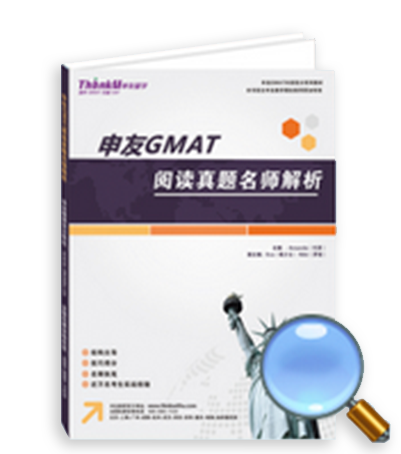
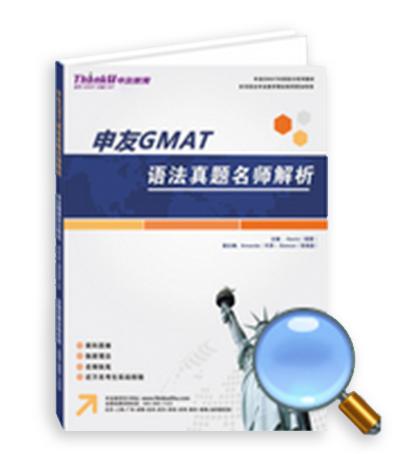
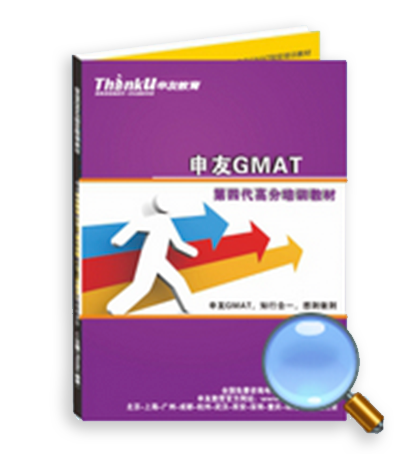
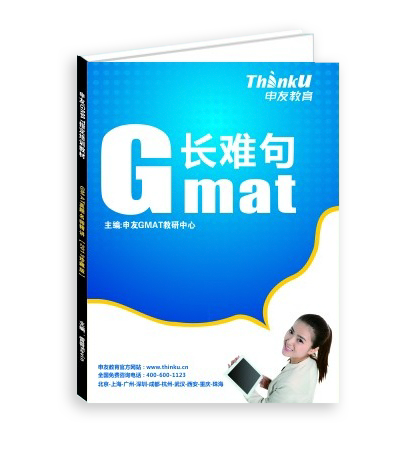


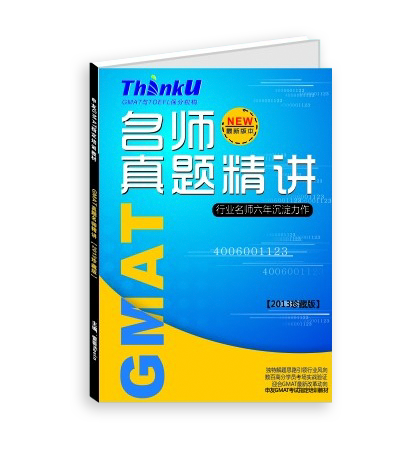


 请填写手机号
请填写手机号










 12G备考资料
12G备考资料
 直播
直播



















 分享成功
分享成功









 托福预测|2020年1月11日&12日托福考试机经预测最全资料版!
托福预测|2020年1月11日&12日托福考试机经预测最全资料版!
























草莓小菇凉:说的非常好,十分有道理,棒棒棒!
06-08 15:44:55